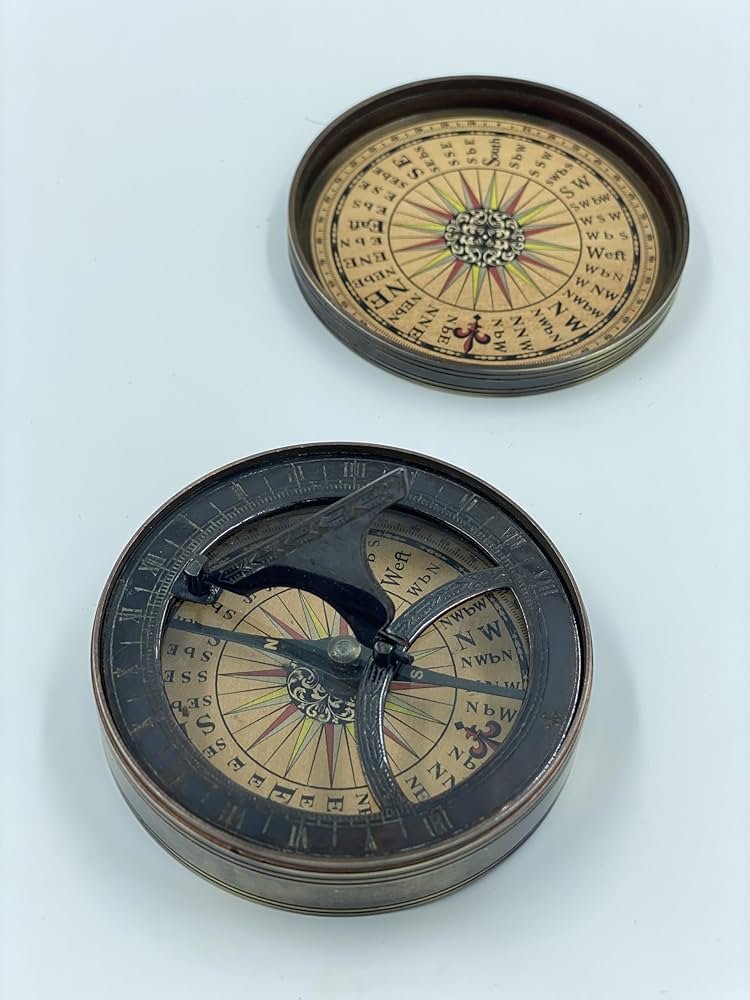Halimbawa Ng Pang-Abay: Mga Uri At Pagsasalin Nito
Pang-abay, or adverbs, enrich our sentences by providing context and detail. They tell us how, when, where, or to what extent an action occurs. For instance, in the phrase “She runs quickly,” the word “quickly” serves as an example of a pang-abay, illustrating the manner of her running.
In this article, we will explore various halimbawa ng pang-abay, showcasing their significance in everyday communication. By understanding these examples, you can enhance your language skills and express ideas more vividly.
Halimbawa ng Pang-abay: Understanding the Different Types and Their Usage
Pang-abay, or adverb in English, plays a crucial role in the Filipino language. It provides additional information about how, when, where, and to what extent an action is performed. In this article, we will explore various examples of pang-abay, the different types, and how they enhance our sentences. By understanding pang-abay, we can communicate more effectively and express our thoughts with clarity.
What is Pang-abay?
Pang-abay refers to words that modify verbs, adjectives, or other adverbs in a sentence. In simple terms, pang-abay tells us more about the action taking place. This can include details about:
– **Manner**: How the action is performed
– **Time**: When the action occurs
– **Place**: Where the action is happening
– **Frequency**: How often the action is performed
– **Degree**: To what extent the action takes place
Understanding the role of pang-abay helps us create more descriptive and engaging sentences.
Types of Pang-abay
Pang-abay can be categorized into several types. Each type serves a specific role in enhancing our sentences. Let’s take a closer look at these categories.
Pang-abay ng Paraan (Adverb of Manner)
This type of pang-abay describes how an action is performed. It answers the question “How?” Here are some examples:
- **Mabilis** (quickly): “Umuwi siya ng mabilis.” (He went home quickly.)
- **Maingat** (carefully): “Siya ay nag-aral ng maingat.” (He studied carefully.)
- **Malakas** (loudly): “Bumoses siya ng malakas.” (He shouted loudly.)
Using the right pang-abay ng paraan helps convey the precise manner in which actions occur, allowing listeners or readers to visualize better.
Pang-abay ng Panahon (Adverb of Time)
Pang-abay ng panahon tells us when an action takes place. It answers the question “When?” Here are some examples:
- **Ngayon** (now): “Kumain tayo ngayon.” (Let’s eat now.)
- **Kahapon** (yesterday): “Nag-aral ako kahapon.” (I studied yesterday.)
- **Bukas** (tomorrow): “Maglalaro tayo bukas.” (We will play tomorrow.)
Time is an essential aspect of any action. Utilizing pang-abay ng panahon can make your sentences more specific and relatable.
Pang-abay ng Lugar (Adverb of Place)
This type informs us about where an action happens and answers the question “Where?” Here are some examples:
- **Dito** (here): “Nandito ako sa bahay.” (I am here at home.)
- **Doon** (there): “Pumunta siya doon.” (He went there.)
- **Sa labas** (outside): “Naglaro sila sa labas.” (They played outside.)
Pang-abay ng lugar adds context to the action, helping the audience visualize the scene better.
Pang-abay ng Dalas (Adverb of Frequency)
This category indicates how often an action occurs and answers the question “How often?” Here are some examples:
- **Palagi** (always): “Palagi siyang maaga.” (He is always early.)
- **Minsan** (sometimes): “Minsan akong nag-aaral ng huling minuto.” (I sometimes study at the last minute.)
- **Bihira** (rarely): “Bihira silang umuwi.” (They rarely go home.)
Understanding the frequency of actions helps listeners or readers grasp the habits or routines of the subjects being discussed.
Pang-abay ng Dami (Adverb of Degree)
Pang-abay ng dami tells us to what extent an action is performed. It answers the question “To what extent?” Here are some examples:
- **Sobrang** (very): “Sobrang saya niya.” (He is very happy.)
- **Kakaunti** (a little): “Kakaunti lang ang natira.” (Only a little is left.)
- **Lubos** (extremely): “Lubos siyang nagtagumpay.” (He succeeded extremely.)
Using pang-abay ng dami adds emphasis, enhancing the emotional tone of your statements.
How to Use Pang-abay in Sentences
Incorporating pang-abay effectively in sentences can elevate your writing and speaking skills. Here are some tips on using pang-abay correctly:
Position of Pang-abay
The position of pang-abay in a sentence usually comes after the verb, but it can also be placed at the beginning or end for emphasis. Here are examples of different positions:
– **After the verb**: “Siya ay nag-aral nang mabuti.” (He studied well.)
– **At the beginning**: “Nang mabuti, siya ay nag-aral.” (Well, he studied.)
– **At the end**: “Nag-aral siya nang mabuti.” (He studied well.)
Experimenting with different positions can change the focus of your sentence.
Combining Pang-abay
Sometimes, you can use more than one pang-abay in a sentence to provide richer detail. For example:
“Siya ay naglakad nang mabilis sa paaralan kahapon.”
(He walked quickly to school yesterday.)
In this sentence, we provide information about how he walked (mabilis) and when he walked (kahapon).
Common Mistakes When Using Pang-abay
While using pang-abay is essential for enhancing sentences, many people make common mistakes. Here are some pitfalls to avoid:
- **Overusing Adverbs**: While it’s tempting to add multiple pang-abay, it can lead to cluttered sentences. Use them judiciously.
- **Misplacing Adverbs**: Ensure that the pang-abay is positioned correctly to avoid confusion. Misplaced adverbs can alter the sentence’s intended meaning.
- **Using Inappropriate Adverbs**: Make sure the pang-abay matches the context of the sentence. For example, using a time adverb when you mean to refer to manner can confuse readers.
By being mindful of these common mistakes, you can improve your sentence structure and clarity.
Practical Exercises for Learning Pang-abay
Practicing pang-abay helps reinforce your understanding and application. Here are some exercises to try:
Fill in the Blanks
Create sentences with missing pang-abay and try to fill them in:
1. Nag-aral ako _______ (how) kaninang umaga.
2. Siya ay umuwi _______ (when) mula sa paaralan.
3. Tumakbo siya _______ (where) sa parke.
Descriptive Writing
Write a short paragraph describing your day using at least five different pang-abay. Focus on how, when, where, and how often you did various activities.
Sentence Transformation
Take simple sentences and add pang-abay to make them more descriptive. For example, change “Umuwi siya.” (He went home) to “Umuwi siya ng maaga.” (He went home early).
Fun Facts About Pang-abay
Learning pang-abay can be enjoyable! Here are some interesting facts:
– Pang-abay is similar to adverbs in English, and understanding their use can make learning both languages easier.
– Many pang-abay in Filipino come from root words, making them more understandable. For instance, “mabilis” (quick) can easily be linked to “bilis” (speed).
– The use of pang-abay can change the tone of a sentence entirely. For instance, adding “sobrang” (very) can intensify emotions, while “kaunti” (a little) can soften them.
Understanding the nuances of pang-abay enhances both verbal and written communication.
Pang-abay serves as a vital component in the Filipino language, helping to add clarity, detail, and depth to our sentences. By understanding its types and proper usage, you can express your thoughts more effectively. Learning pang-abay is about enriching your language skills and making your communication more vibrant and engaging. The journey of mastering pang-abay opens up a world of expressive possibilities in the beautiful Filipino language.
ANO ANG PANG-ABAY at mga URI NG PANG-ABAY (Pamaraan, Panlunan, Pamanahon)
Frequently Asked Questions
What are the different types of pang-abay?
Pang-abay, or adverbs in English, can be classified into several types based on their function in a sentence. These types include pang-abay ng lugar (adverbs of place), pang-abay ng oras (adverbs of time), pang-abay ng paraan (adverbs of manner), and pang-abay ng dahilan (adverbs of reason). Each type adds specific information to a verb, an adjective, or another adverb, enriching the meaning of the sentence.
How do pang-abay enhance a sentence?
Pang-abay enhance a sentence by providing additional context and detail. They clarify when, where, how, and why an action occurs, making the communication clearer and more effective. By using pang-abay, speakers can convey emotions and intentions more accurately, allowing for a richer expression of ideas.
Can you give examples of pang-abay in sentences?
Certainly! Here are a few examples:
1. “She runs quickly.” (Pang-abay ng paraan – quickly)
2. “They arrived yesterday.” (Pang-abay ng oras – yesterday)
3. “We will meet at the park.” (Pang-abay ng lugar – at the park)
These examples show how pang-abay modify the actions to provide clearer imagery.
Why is it important to use pang-abay in writing?
Using pang-abay in writing is important because it enhances the clarity and richness of the text. By providing specific details about actions and circumstances, writers can engage readers effectively. Without pang-abay, sentences may feel incomplete or vague, making it harder for the audience to grasp the intended meaning.
How can learners practice using pang-abay?
Learners can practice using pang-abay by writing sentences that include various adverbs. They can also create exercises where they identify and categorize different types of pang-abay in sentences. Additionally, reading texts and analyzing how authors use pang-abay can improve understanding and application in their own writing.
What is the role of pang-abay in everyday conversation?
In everyday conversation, pang-abay play a crucial role in making communication more effective and relatable. They allow speakers to express time, place, manner, and reason, which helps in forming coherent and engaging dialogues. By including pang-abay, speakers connect better with their listeners, providing a clearer picture of what they mean.
Final Thoughts
Understanding pang-abay enriches our grasp of Filipino language and communication. By recognizing examples such as “ngayon” (now), “madalas” (often), and “dito” (here), we can express time, frequency, and location more clearly.
Halimbawa ng pang-abay plays a crucial role in making our sentences more informative and precise. These modifiers elevate the meaning of our statements and guide the listener’s understanding.
In summary, incorporating pang-abay enhances clarity and detail in our conversations. Using specific examples helps convey our ideas more effectively and meaningfully.












